STEM Toys Your Kids Will Actually Use
Many STEM toys promise educational value but end up forgotten in toy boxes after initial excitement fades. The key is finding toys that disguise learning as pure fun, making science, technology, engineering, and math concepts naturally engaging. These proven favorites combine educational content with genuine play value, ensuring your investment supports both learning and long-term entertainment that children genuinely enjoy.
Snap Circuits Electronics Kits
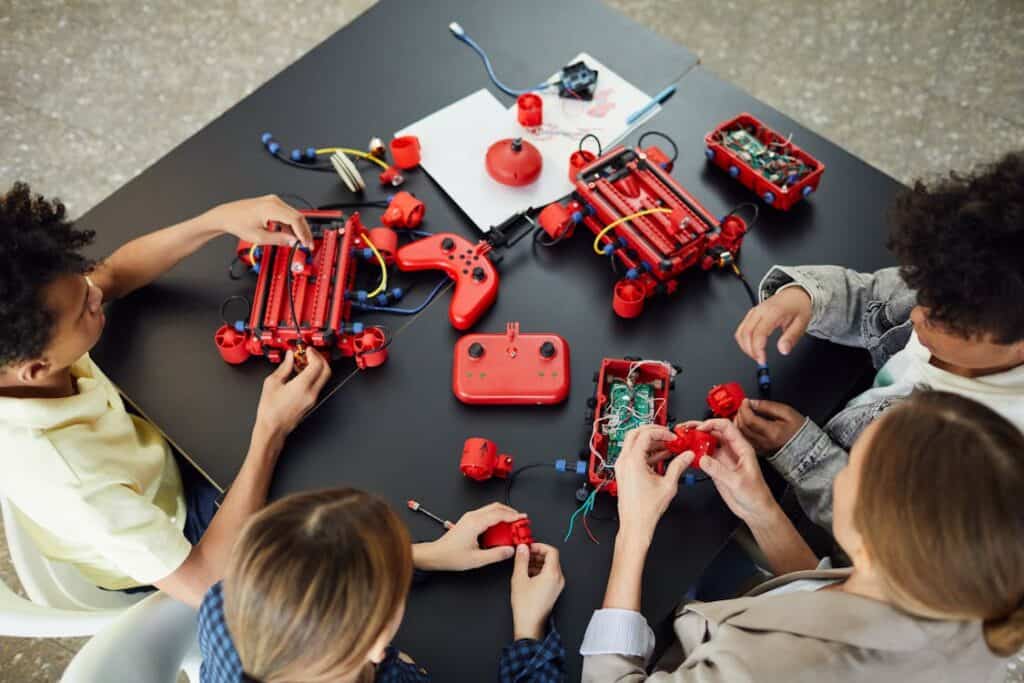
These color-coded electronic components snap together easily, allowing children to build working radios, alarms, and lights without complex wiring. Kids learn electrical concepts through hands-on experimentation while creating functional devices they can actually use. The immediate feedback of working circuits maintains engagement while building confidence in technical skills.
Magnetic Building Sets (Magna-Tiles/PicassoTiles)
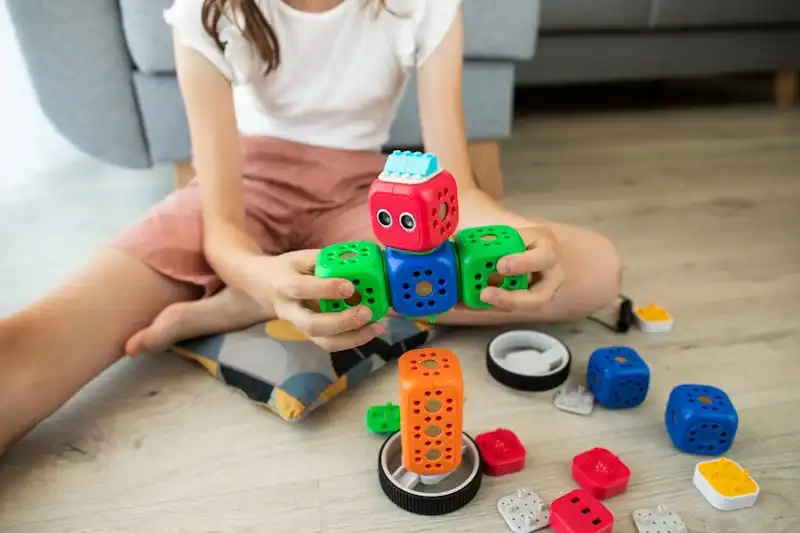
Beyond simple stacking, these magnetic tiles teach geometry, symmetry, and architectural principles through creative construction. Children naturally explore mathematical concepts while building castles, vehicles, and abstract sculptures. The satisfying magnetic connections and endless building possibilities make this educational toy feel like pure creative play rather than structured learning.
Coding Board Games (Robot Turtles/Code & Go)
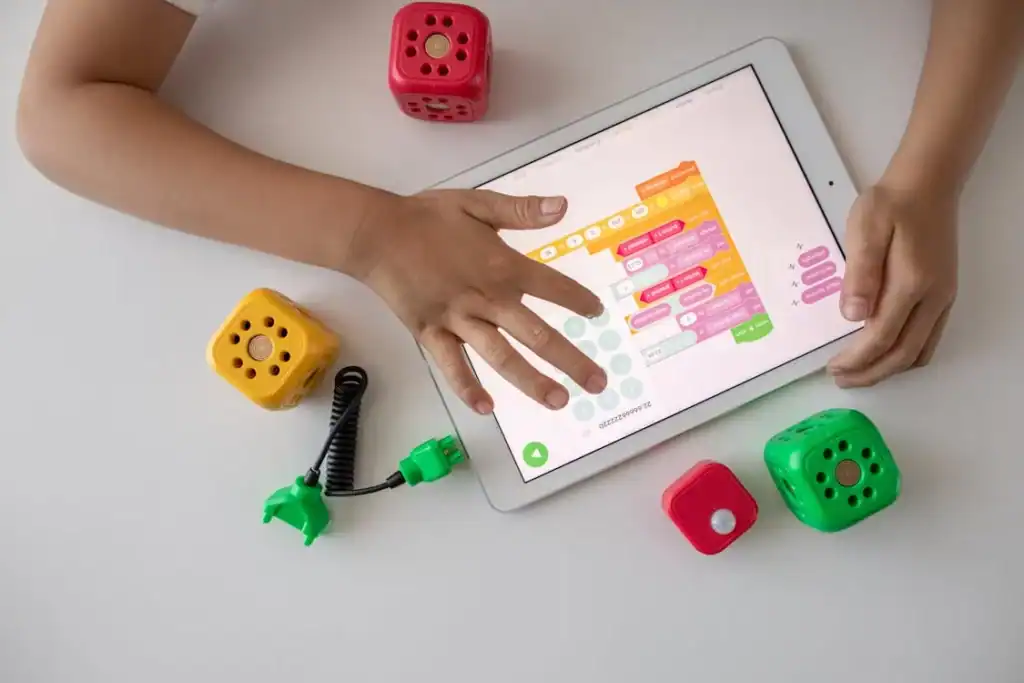
Screen-free programming games introduce coding logic through physical game pieces and movement. Children learn sequencing, problem-solving, and computational thinking while playing engaging board games with family. These toys make abstract programming concepts tangible and social, building foundational STEM skills without requiring devices or screens.
Microscopes with Prepared Slides

Child-friendly microscopes with pre-made slides and collection tools transform everyday objects into fascinating discoveries. Kids explore plant cells, crystals, and tiny creatures, developing scientific observation skills while satisfying natural curiosity about the microscopic world. The “wow factor” of magnified images maintains interest while teaching scientific methodology.
Engineering Challenge Sets

Building sets focused on specific challenges like bridges, towers, or vehicles teach engineering principles through trial and error. Children learn about structural integrity, balance, and design while competing against themselves or others. These toys combine creative construction with scientific thinking, making engineering concepts accessible through hands-on problem-solving activities.
Chemistry Sets with Safe Experiments
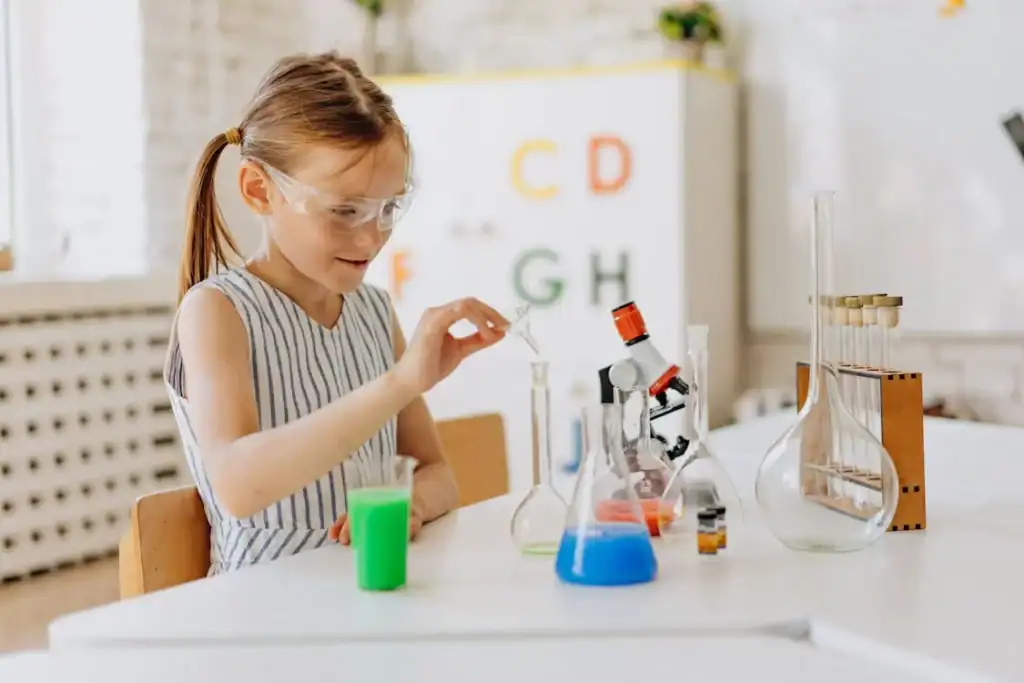
Age-appropriate chemistry sets with non-toxic materials allow children to conduct real experiments safely at home. Color-changing reactions, crystal growing, and safe chemical combinations demonstrate scientific principles while providing exciting visual feedback. These sets satisfy curiosity about “how things work” while teaching laboratory skills and scientific observation.
Math Manipulatives and Games

Hands-on math tools like counting bears, fraction tiles, and geometric shapes make abstract mathematical concepts concrete and understandable. Children develop number sense, spatial reasoning, and problem-solving skills through play-based exploration. These tools support school learning while making math practice enjoyable rather than tedious homework sessions.
Robotics Kits for Beginners
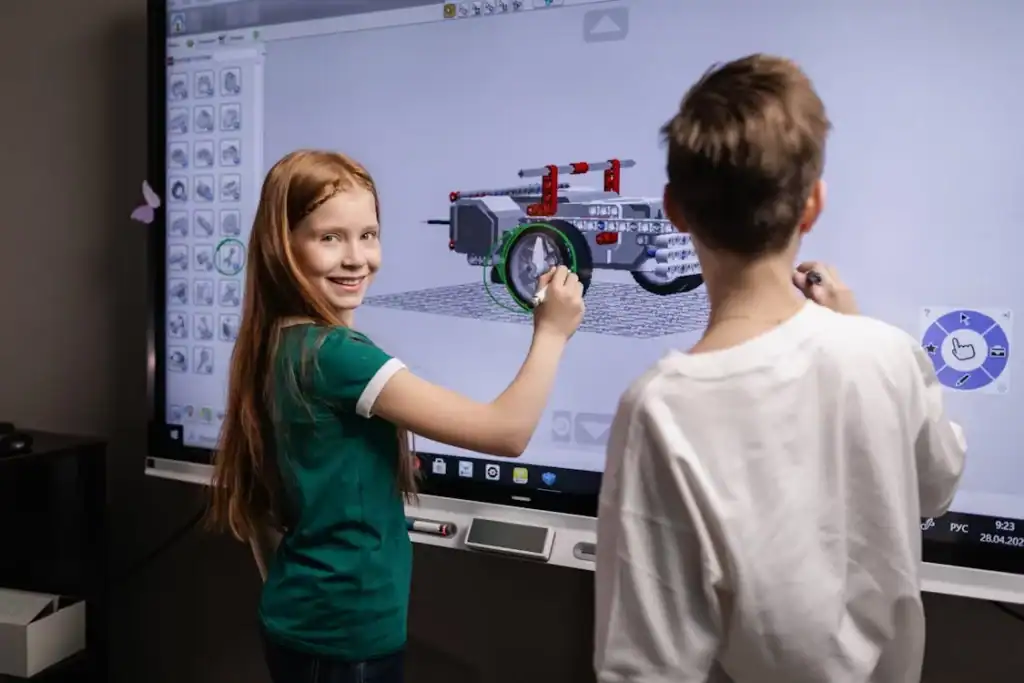
Simple robotics kits that don’t require programming allow children to build and control moving robots through basic commands. These toys introduce mechanical engineering and basic automation concepts while providing immediate gratification through movement and interaction. The combination of building and controlling appeals to children who enjoy both construction and technology.





